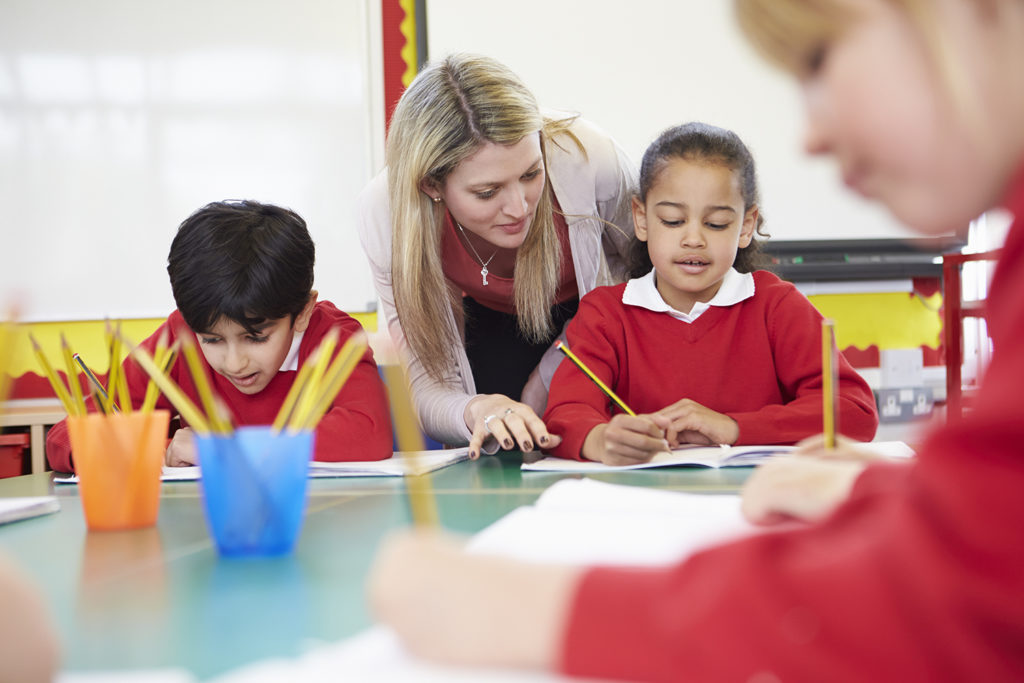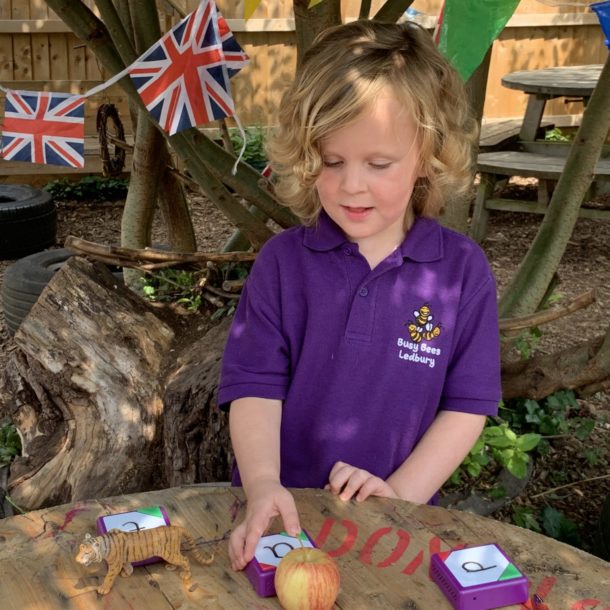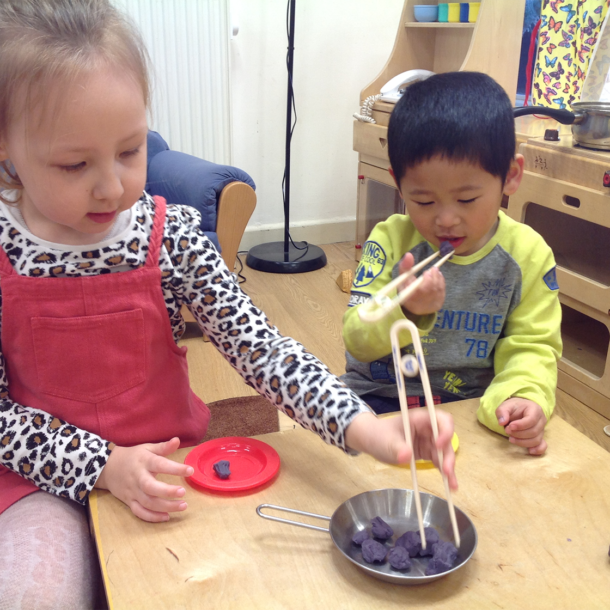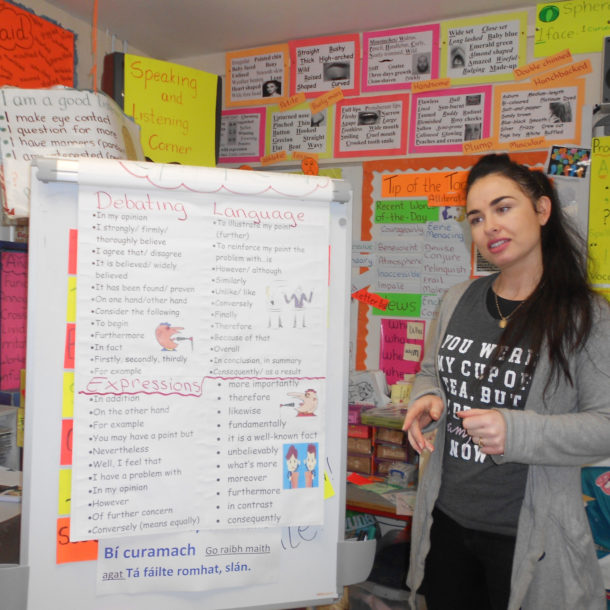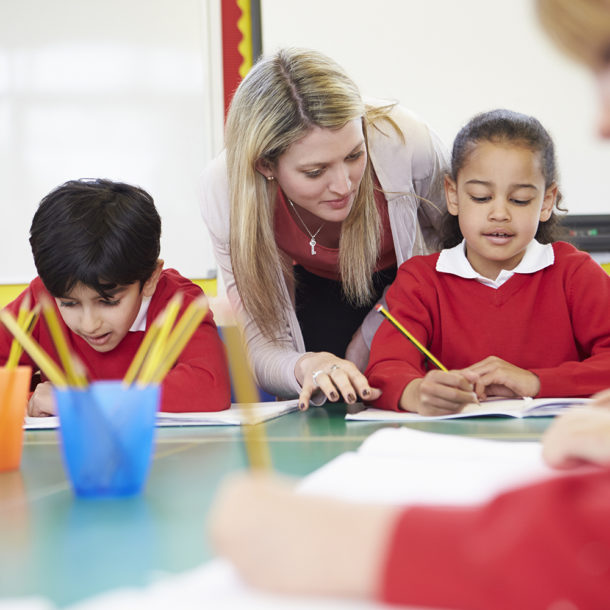We learnt her mannerisms, her facial expressions, her sounds of anguish, horror, joy and excitement, just as we did with the other children in the room. During the 18 months I worked with her, she developed a wide vocabulary (in both languages) and was easily ‘school ready’ when she left us to start the next part of her learning journey. She’s probably just graduating from university this summer!
Since then, I have worked with many children and young people learning EAL; some take to English as swiftly and naturally as the child in my first encounter, but others find it more difficult. Of course, that makes the job more challenging but also all the more rewarding when the child successfully grasps English.
So, what is the secret to supporting these children? My honest answer: there is no secret, no magic wand, no perfect answer. Of course, you know that because you work with children and there is rarely one perfect answer to anything! However, there are some things that do help to move the setting in the right direction (these are good practice for working with all children – you’ll know that too!).
Patience is key to supporting children learning EAL; waiting, listening with every sense and waiting some more. Allowing children time to get out the words, actions, sounds that tell us so much about them. Gentle smiles, nods and strong eye contact help to reassure the child they can take this time. What is the rush?
Building relationships with the child and their family will support all aspects of the child’s well-being, but especially the communication, as a good relationship will be built on trust and security; once a child feels secure, they flourish!
All staff modelling effective communication in all interactions throughout the setting is an obvious one but children need to see adults having meaningful conversations, hear varied vocabulary and be involved in these interactions. Also, if we are all working together we can support the child learning EAL better too.
Resources that promote interest, build links with a child’s own experience and engage children are much more likely to provide opportunities for children to talk and listen to each other.
So, you see, no magic answer…. just good, solid practice which benefits all children. Buona fortuna!
With thanks to Fiona Joines, Owner of Fiona Joines Training and Consultancy, for writing this blog.
View our EAL range of resources here

